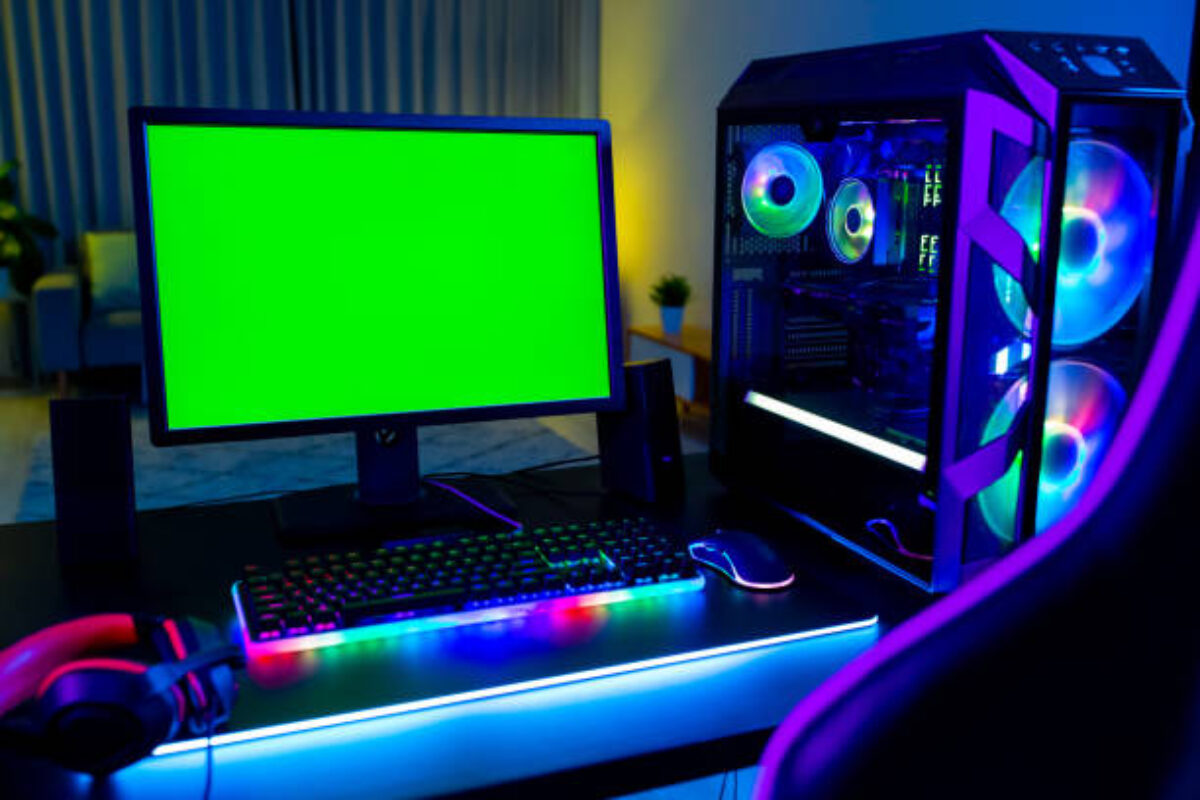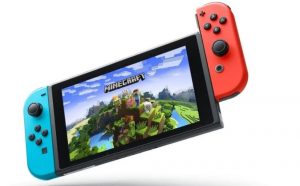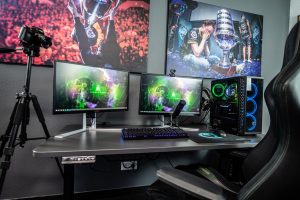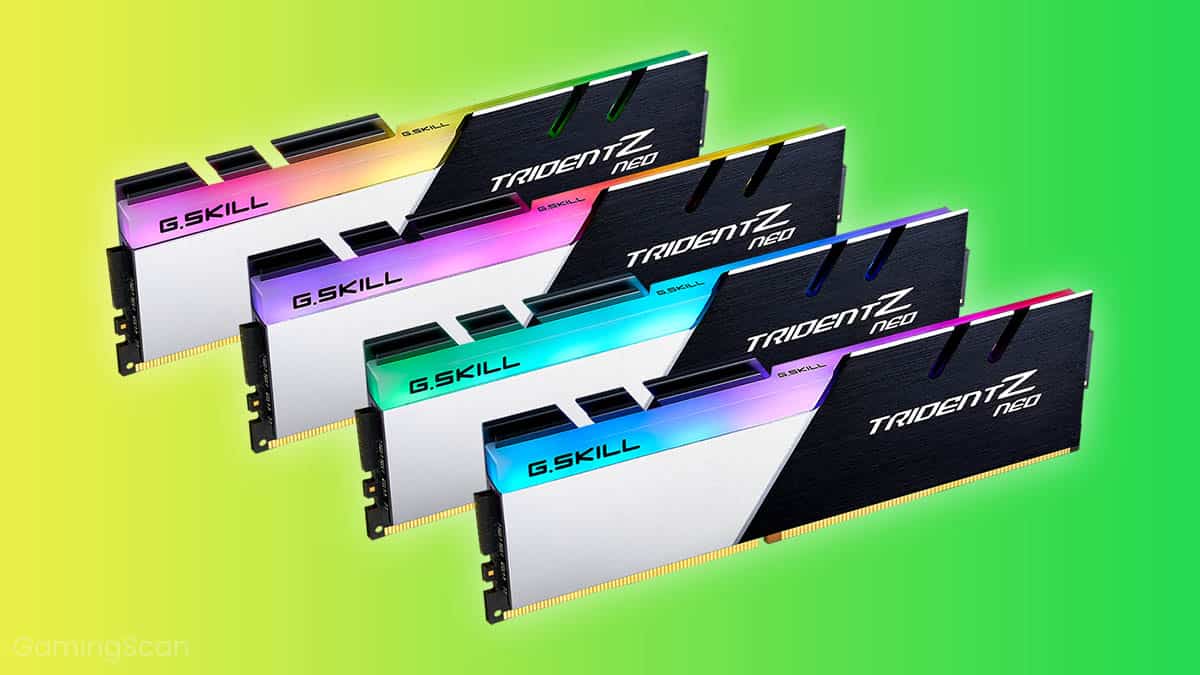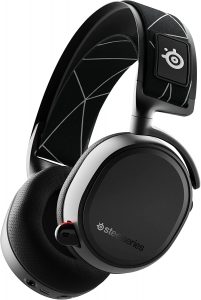Introduction
Gaming PCs have become an essential part of the gaming experience for enthusiasts and casual gamers alike. With the rise of graphics-intensive games and virtual reality technology, gaming PCs have evolved to deliver immersive and visually stunning gameplay. However, the increased performance and graphical prowess of these machines come at a cost – power consumption.
Understanding how much power a gaming PC uses is important, not only for environmental considerations but also for practical reasons such as electricity bills and power supply requirements. This article aims to provide an overview of the factors that impact the power consumption of gaming PCs and offer tips on how to reduce power usage without sacrificing performance.
When it comes to power consumption, gaming PCs are unique compared to other electronic devices like laptops or smartphones. This is because they are built to handle high-performance tasks that require robust hardware components, such as powerful processors and graphics cards. These components, along with other factors, contribute to the power requirements of gaming PCs.
To fully grasp the extent of power consumption in gaming PCs, it is essential to understand the various factors that can influence it. From the choice of hardware components to the intensity of gameplay, each element plays a significant role in determining how much power a gaming PC consumes.
By gaining insight into the power consumption of different components and understanding how to estimate power usage, gamers can make informed decisions regarding their energy consumption. Additionally, implementing some practical tips to reduce power usage can help minimize environmental impact and reduce electricity costs.
In the following sections, we will delve into the factors that affect power consumption, explore the power usage of different components, discuss ways to estimate power usage, and provide tips for reducing power consumption in gaming PCs.
Factors That Affect Power Consumption
Several key factors influence the power consumption of a gaming PC. Understanding these factors can help gamers make informed decisions about their hardware choices and power management. Let’s explore some of the main factors below:
1. Hardware Components: Gaming PCs consist of various hardware components that contribute to power consumption. The processor (CPU) and graphics card (GPU) are typically the most power-hungry components. High-end CPUs and GPUs are designed to deliver exceptional performance but often require more power to operate. Other components such as memory (RAM), storage drives, and cooling solutions also consume power, although to a lesser extent.
2. Graphics Settings: The graphics settings in games directly impact power consumption. Higher settings, such as ultra-high texture details or anti-aliasing, require more processing power from the GPU. As a result, the GPU consumes more power, leading to increased power usage by the entire system. Adjusting graphics settings to a lower or more balanced level can help reduce power consumption without significantly compromising visual quality.
3. Workload Intensity: The intensity of the tasks being performed on the gaming PC affects power consumption. For example, running graphically demanding games or performing resource-intensive tasks like video editing or rendering will put more strain on the hardware and increase power usage. Less demanding tasks like web browsing or document editing will consume significantly less power.
4. Overclocking: Overclocking is a practice where users push their hardware components beyond their stock settings to achieve higher performance. However, overclocking often requires more power as it increases the voltage and clock speeds of the components. This leads to increased power consumption and higher heat output. Gamers who overclock their CPUs or GPUs should be aware of the additional power requirements and consider their system’s cooling capabilities.
5. Peripherals and Accessories: Additional peripherals and accessories connected to the gaming PC, such as gaming keyboards, mice, and RGB lighting, can also contribute to power consumption. While these devices individually consume minimal power, the cumulative effect of multiple peripherals can add up. Unplugging or turning off unused peripherals when not in use can help reduce unnecessary power consumption.
By taking these factors into account, gamers can make informed decisions about their hardware choices and power optimization techniques. Understanding how each factor impacts power consumption is crucial in managing the overall power usage of a gaming PC and striking a balance between performance and energy efficiency.
Power Consumption of Different Components
Understanding the power consumption of different components in a gaming PC is essential for estimating overall power usage and identifying areas where energy optimization can be achieved. Let’s take a closer look at the power consumption of some key components:
1. Processor (CPU): The CPU is the brain of the gaming PC and is responsible for executing instructions and performing calculations. The power consumption of a CPU varies depending on factors such as clock speed, number of cores, and architecture. Higher-end CPUs with more cores and higher clock speeds tend to consume more power compared to lower-end models. However, modern CPUs are designed to be energy-efficient, thanks to technologies like Intel’s Turbo Boost and AMD’s Precision Boost.
2. Graphics Card (GPU): The GPU is the component responsible for rendering graphics in gaming PCs. When it comes to power consumption, the GPU is one of the most significant contributors. High-performance GPUs, especially those designed for gaming, require substantial power to deliver smooth and immersive gameplay. Gamers using high-end graphics cards can expect higher power consumption, especially when playing graphically demanding games or running applications that utilize the GPU’s capabilities, such as content creation software or virtual reality applications.
3. Memory (RAM): Random Access Memory, or RAM, stores temporary data that the CPU can quickly access. While RAM consumes power, the power usage is relatively low compared to the CPU and GPU. Additional RAM modules or higher-capacity RAM sticks may slightly increase power consumption, but the impact is minimal. However, it’s worth noting that more RAM allows for smoother multitasking and improved system performance.
4. Storage Drives: Both solid-state drives (SSDs) and hard disk drives (HDDs) consume power. SSDs generally require less power than HDDs due to having no mechanical moving parts. However, the difference in power consumption between the two is not significant enough to be a major factor in overall system power usage. When it comes to gaming, using an SSD can improve game loading times and overall system responsiveness, which offsets the slightly higher power consumption compared to HDDs.
5. Cooling Solutions: Cooling solutions, such as fans and liquid cooling systems, also contribute to power consumption in a gaming PC. The power consumption of cooling components varies depending on their type, size, and speed. High-performance cooling solutions with larger fans or liquid cooling setups may consume more power, but they help maintain lower temperatures and prolong the lifespan of components. Optimizing fan curves or using more efficient cooling solutions can help strike a balance between power usage and thermal management.
By understanding the power consumption of different components, gamers can make informed decisions when selecting hardware and optimizing power usage. Choosing energy-efficient components and considering the power requirements of individual components can help reduce overall power consumption while maintaining optimal gaming performance.
Estimating Power Usage
Estimating power usage in a gaming PC is crucial for determining the appropriate power supply unit (PSU) capacity, managing energy consumption, and understanding the impact on electricity bills. While there are various methods to calculate power usage, the most effective approach is to consider the power requirements of individual components and their usage patterns. Here are some steps to help estimate power usage:
1. Identify Component Power Ratings: Start by researching the power ratings of your gaming PC components. Manufacturers typically provide specifications that indicate the maximum power consumption of CPUs, GPUs, and other components. These power ratings are generally stated in watts (W). Note down the power consumption figures for each component that you have or plan to include in your system.
2. Consider Load Factors: Remember that the power consumption of components can vary depending on the workload. For CPUs and GPUs, power consumption is typically higher during intense gaming sessions or when running resource-intensive applications. Take this into account when estimating power usage, and consider the maximum power consumption as a worst-case scenario.
3. Calculate Component Power Consumption: Once you have the power ratings for each component, add up the power consumption figures. Keep in mind that some components, such as RAM and storage drives, have minimal impact on overall power usage. Focus on components like the CPU and GPU, as they are the most power-hungry. This calculation will provide an estimate of the total power consumption based on the individual component power ratings.
4. Account for Other Factors: In addition to the power consumption of the main components, consider the power draw from peripherals, such as gaming keyboards, mice, and monitors. While the power consumption of these peripherals is usually minimal, including them in your estimation ensures a more accurate understanding of the overall power usage of your gaming PC.
5. Add a Buffer: To ensure the PSU can handle the power requirements of your gaming PC and provide stable power delivery, it’s recommended to add a buffer to your estimation. Adding around 10-20% to the total power consumption estimate can help account for potential power spikes or future upgrades. This buffer also ensures that the PSU operates within its optimal efficiency range.
By following these steps, gamers can estimate the power usage of their gaming PC and make informed decisions when selecting an appropriate PSU. This estimation also provides valuable insights into energy consumption and helps users manage their power usage to reduce environmental impact and optimize electricity consumption.
Tips for Reducing Power Consumption
Reducing power consumption in a gaming PC not only helps manage electricity bills but also contributes to environmental sustainability. Here are some practical tips to help gamers minimize power usage without sacrificing performance:
1. Choose Energy-Efficient Components: When building or upgrading a gaming PC, opt for energy-efficient components that are designed to deliver high performance while consuming less power. Look for processors and graphics cards with lower power ratings or energy-efficient features. Choosing energy-efficient hardware ensures optimal power usage without compromising gaming performance.
2. Optimize Power Settings: Operating systems and graphics drivers often offer power management options that allow users to adjust performance and power consumption. Take advantage of these settings to strike a balance between power savings and gaming performance. Adjusting settings such as CPU power modes, GPU power limits, and display timeouts can significantly reduce power consumption during periods of inactivity or light usage.
3. Monitor Game Graphics Settings: Graphics settings in games have a direct impact on power consumption. Adjusting settings such as resolution, texture details, and anti-aliasing can reduce GPU workload and lower power usage. Experiment with different graphics settings to find a balance between visual quality and power optimization. Additionally, consider using frame rate limiters to cap the FPS (frames per second) in games, as higher frame rates require more GPU power.
4. Control Background Processes: Close unnecessary applications and background processes that are not required while gaming. These processes consume system resources and can increase power usage. Before starting a gaming session, ensure that only essential applications are running. This allows the gaming PC to dedicate more resources to the game itself, resulting in improved performance and reduced power consumption.
5. Manage Peripherals: Peripherals such as gaming keyboards, mice, and RGB lighting can contribute to power consumption. When not in use, consider turning off or unplugging these peripherals to reduce unnecessary power usage. Additionally, look for peripherals with energy-efficient features or power-saving modes, which can help minimize their impact on overall power consumption.
6. Optimize Cooling: Cooling solutions, such as fans and liquid cooling systems, consume power. However, an optimized cooling setup can help improve energy efficiency by keeping system temperatures in check. Dust buildup on fans and radiators can reduce cooling efficiency and force fans to run at higher speeds, consuming more power. Regularly clean and maintain cooling components to ensure optimal airflow and efficient heat dissipation.
By implementing these tips, gamers can significantly reduce power consumption without compromising their gaming experience. A combination of energy-efficient components, optimized settings, and mindful power management can help create a more sustainable gaming setup.
Conclusion
Understanding the factors that affect power consumption in gaming PCs is essential for gamers who seek to strike a balance between performance and energy efficiency. By considering the power consumption of different components, estimating power usage, and implementing tips to reduce power consumption, gamers can optimize their gaming experience while minimizing their environmental impact and electricity bills.
Power-hungry components such as CPUs and GPUs are significant contributors to overall power consumption in gaming PCs. However, advancements in technology have resulted in more energy-efficient options, allowing gamers to choose hardware that delivers exceptional performance while consuming less power.
Estimating power usage is crucial for determining the appropriate PSU capacity and managing energy consumption. By considering the power ratings of individual components, workload intensity, and additional peripherals, gamers can accurately estimate power usage and make informed decisions regarding power supply requirements.
Implementing practical tips for reducing power consumption can further enhance energy efficiency. Choosing energy-efficient components, optimizing power settings, adjusting graphics settings, managing background processes, and optimizing cooling can all contribute to minimizing power usage without sacrificing gaming performance.
In conclusion, by considering the factors that impact power consumption, estimating power usage, and implementing power-saving measures, gamers can create a more sustainable gaming setup. Not only does this benefit the environment, but it also allows gamers to enjoy their gaming experience while keeping electricity costs in check. With a conscious effort towards energy efficiency, gamers can make a positive impact while immersing themselves in the world of gaming.







